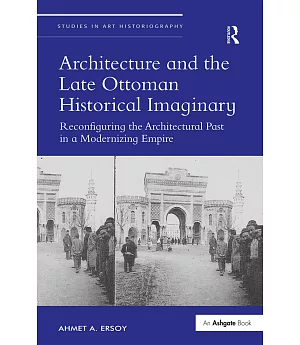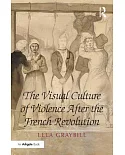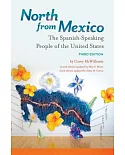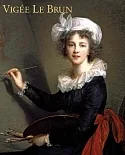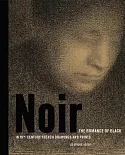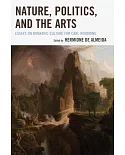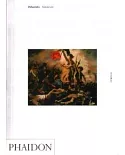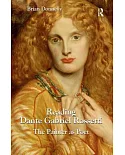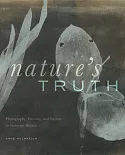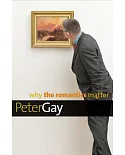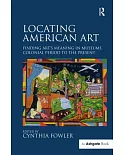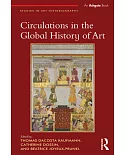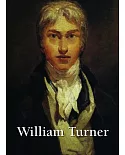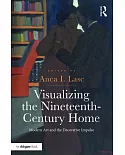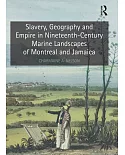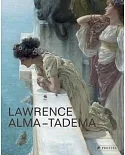While European eclecticism is examined as a critical and experimental moment in western art history, little research has been conducted to provide an intellectual depth of field to the
historicist pursuits of late Ottoman architects as they maneuvered through the nineteenth century’s vast inventory of available styles and embarked on a revivalist/Orientalist program they
identified as the ‘Ottoman Renaissance.’ Ahmet A. Ersoy’s book examines the complex historicist discourse underlying this belated ‘renaissance’ through a close reading of a text
conceived as the movement’s canonizing manifesto: the Usul-i Mi‘mari-i ‘Osmani [The Fundamentals of Ottoman Architecture] (Istanbul, 1873). In its translocal, cross-disciplinary scope,
Ersoy’s work explores the creative ways in which the Ottoman authors straddled the art-historical mainstream and their new, self-orientalizing aesthetics of locality. The study reveals how
Orientalism was embraced by its very objects, the self-styled ‘Orientals’ of the modern world, as a marker of authenticity, and a strategically located aesthetic tool to project universally
recognizable images of cultural difference. Rejecting the lesser, subsidiary status ascribed to non-western Orientalisms, Ersoy’s work contributes to recent, post-Saidian directions in the
study of cultural representation that resituate the field of Orientalism beyond its polaristic core, recognizing its cross-cultural potential as a polyvalent discourse.

